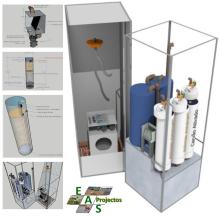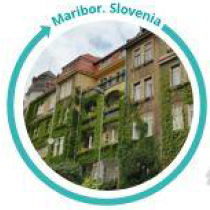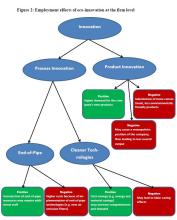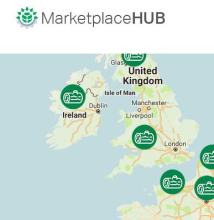Models of circular business ecosystem for textiles
Search Results
Displaying 481 - 490 of 790
Displaying 481 - 490 of 531
Displaying 481 - 490 of 504
Displaying 481 - 490 of 962
Displaying 481 - 490 of 518
















































